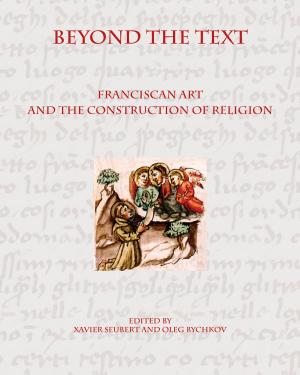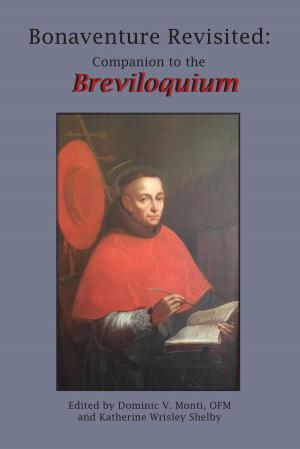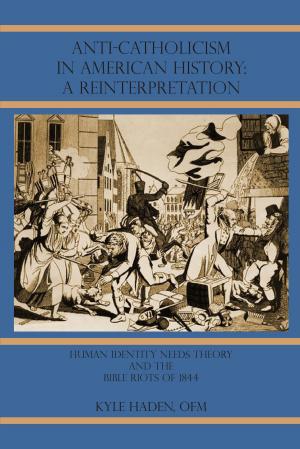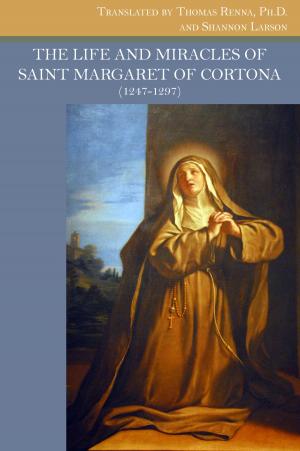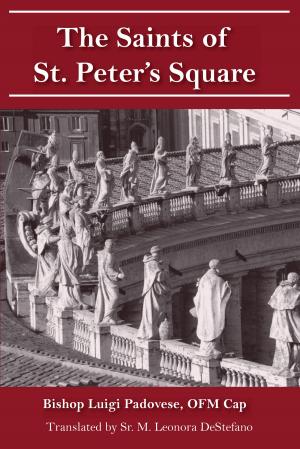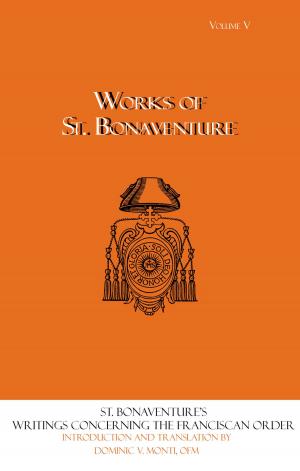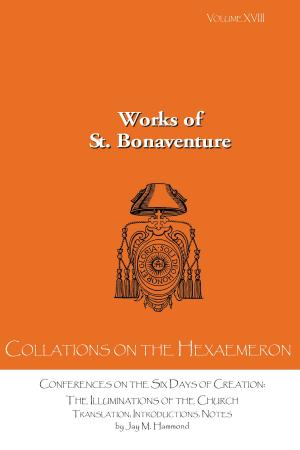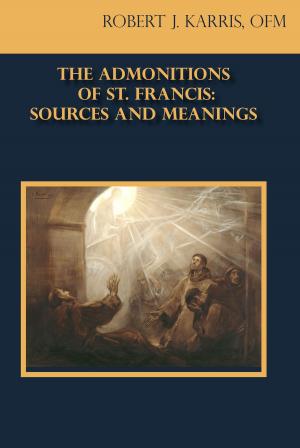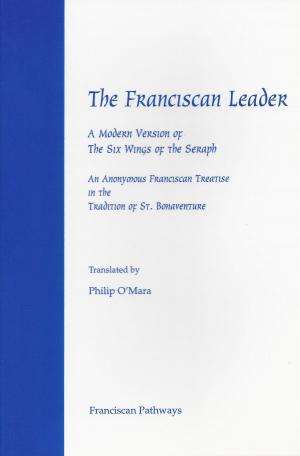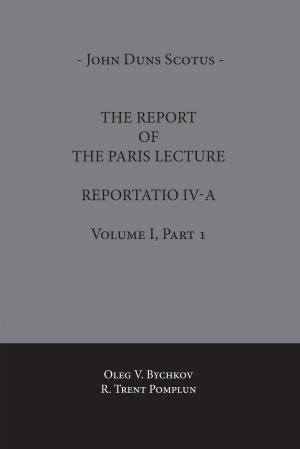In the Footsteps of St. Clare
A Pilgrims Guide Book
Nonfiction, Religion & Spirituality, Reference, General Reference, Christianity, Denominations, Catholic, Catholicism| Author: | Ramona Miller | ISBN: | 9781576593950 |
| Publisher: | The Franciscan Institute | Publication: | August 1, 2016 |
| Imprint: | Franciscan Institute Publications | Language: | English |
| Author: | Ramona Miller |
| ISBN: | 9781576593950 |
| Publisher: | The Franciscan Institute |
| Publication: | August 1, 2016 |
| Imprint: | Franciscan Institute Publications |
| Language: | English |
The places that trace Clare’s footsteps are sacred places, not just because they record her life-story, but because they hold the potential to be thresholds for our own transcendent experiences. A sacred place recalls past events of God’s revelation at that site. Pilgrims visit such places to recall the history and to experience the spirit of the Holy that is specific to the place. At the same time, a sacred place holds the promise of future encounters with the Holy. Visiting sacred places in order to tap into their spiritual energies sensitizes our soul to a form of contemplative historical consciousness, the mysticism of the historical event. At a sacred place, we recall its history not just as a memory-event, but as a movement toward a felt-experience of revelation at the site. To enter into the event of the past in such a way as to open ourselves to relive the encounter with God impels us toward the threshold of further revelation in the present moment, a new Epiphany. In the Footsteps of Saint Clare invites us to walk with Clare, who leads the way to a deeper intimacy with our Lord Jesus Christ.
The places that trace Clare’s footsteps are sacred places, not just because they record her life-story, but because they hold the potential to be thresholds for our own transcendent experiences. A sacred place recalls past events of God’s revelation at that site. Pilgrims visit such places to recall the history and to experience the spirit of the Holy that is specific to the place. At the same time, a sacred place holds the promise of future encounters with the Holy. Visiting sacred places in order to tap into their spiritual energies sensitizes our soul to a form of contemplative historical consciousness, the mysticism of the historical event. At a sacred place, we recall its history not just as a memory-event, but as a movement toward a felt-experience of revelation at the site. To enter into the event of the past in such a way as to open ourselves to relive the encounter with God impels us toward the threshold of further revelation in the present moment, a new Epiphany. In the Footsteps of Saint Clare invites us to walk with Clare, who leads the way to a deeper intimacy with our Lord Jesus Christ.

